3 Days Masai Mara Camping Safari - Itinerary, Cost, and More
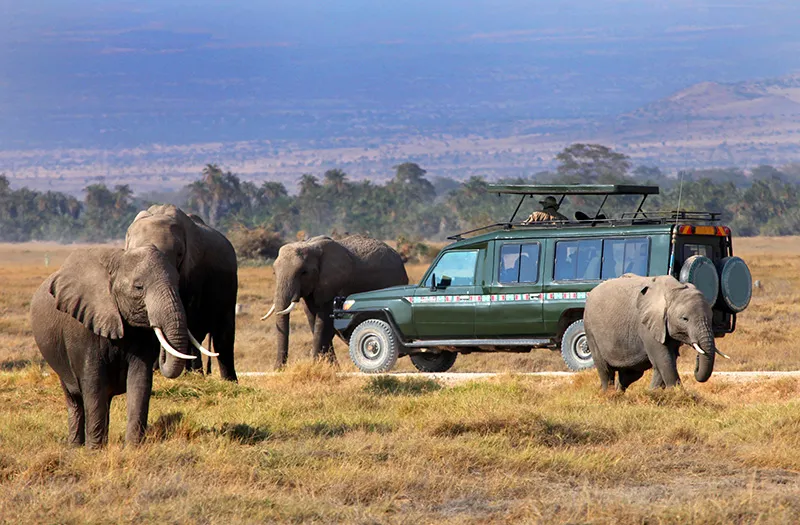
There’s something about the Maasai Mara wilderness that calls out to us. To sit around a campfire, gazing up at the star-filled sky, swapping stories, and enjoying meals cooked over an open fire.
To sleep to the sounds of wild animals and wake up to the glorious chirpings of birds. To sip your first cup as the African sun rises and then set off for a thrilling morning game drive. This is just a hint of what your 3 days Masai Mara safari in the Masai Mara Game Reserve will entail.
In this guide, we’ll walk you through the raw beauty and thrills of the Masai Mara game reserve. We’ll tell you what animals you may see and the accommodation options available. Last, we’ll give you an insight into a real-life safari itinerary, additional activities, and what to pack.
Book Your 3 Days Masai Mara Safari With Us
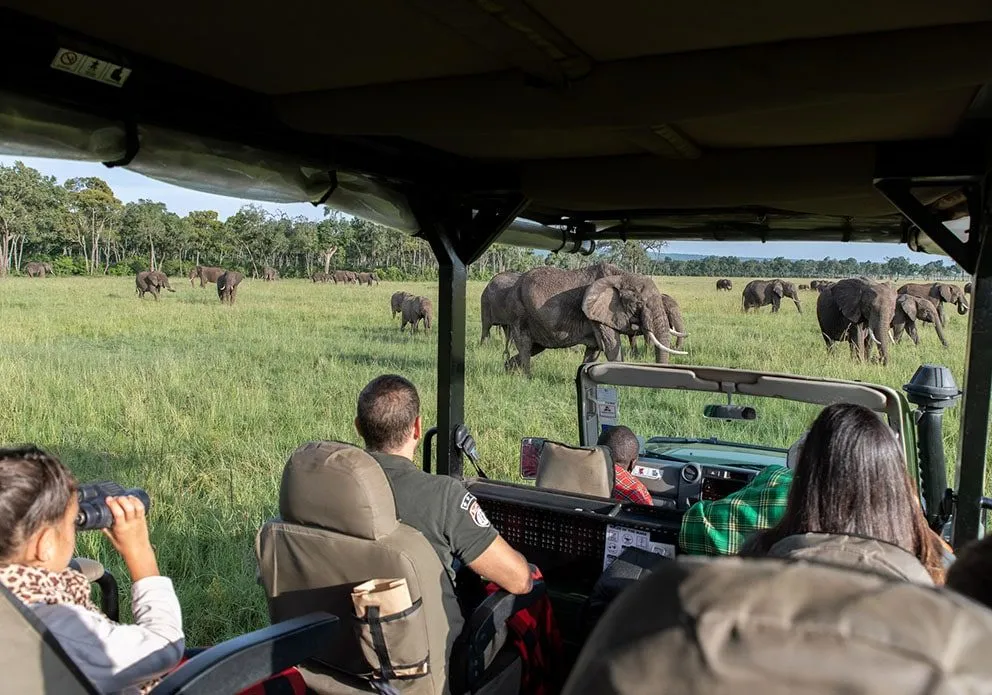
To book your 3 days Masai Mara safari, we invite you to contact us via phone or WhatsApp at +254-704-532-105. You can also connect with us via email at safarioffers@kenyaluxurysafari.co.uk or safarioffers@ajkenyasafaris.com.
Our senior consultant, James Maina is available to share and discuss our safari prices with you. We can also customise your safari to include other safari activities and destinations such as Lake Naivasha, Lake Nakuru, or the Amboseli National Park.
3 Days Maasai Mara National Reserve Safari - Photos by OUr Clients
Embarking on a 3-Day Masai Mara Camping Safari
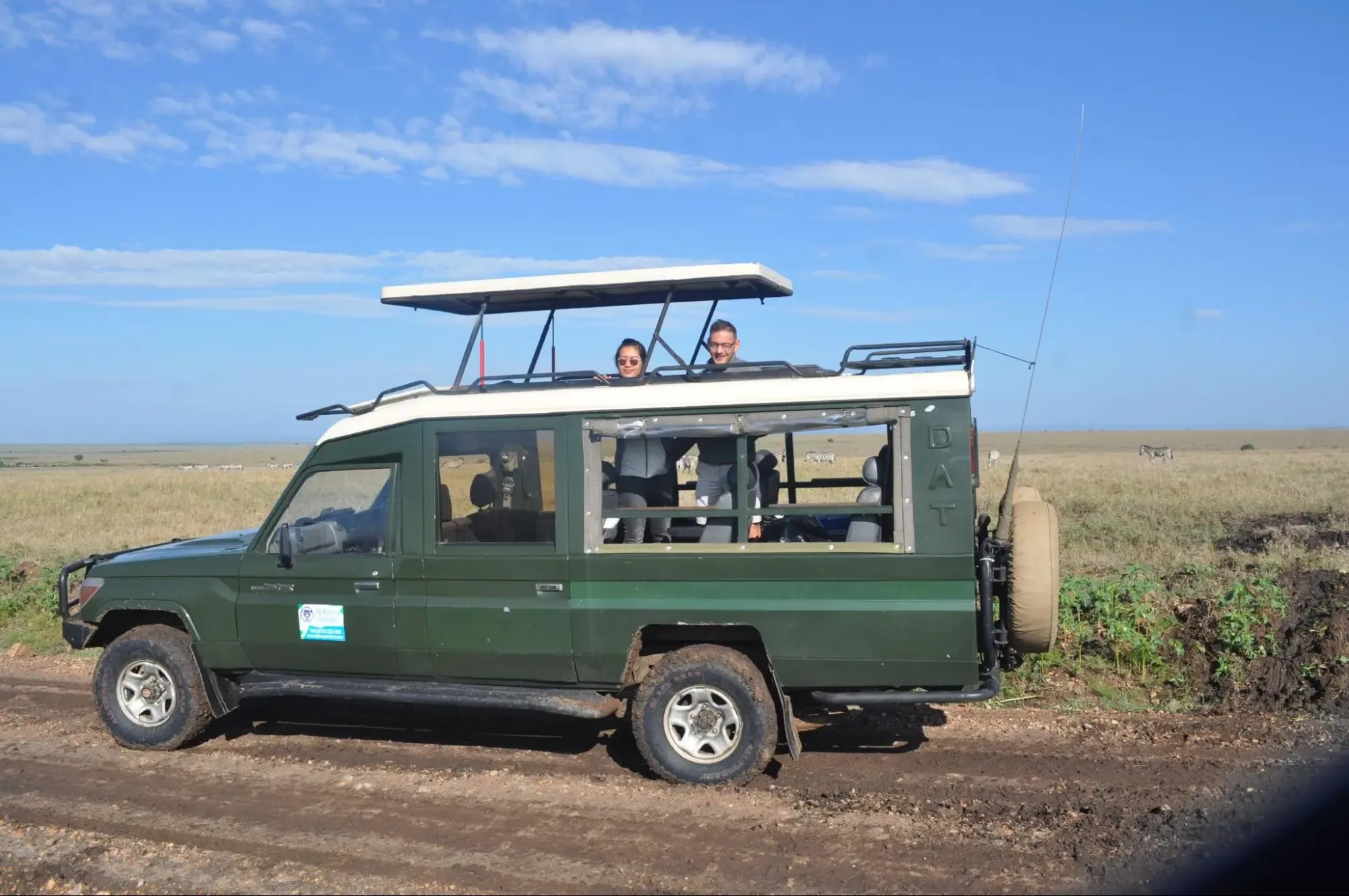
Your journey into the Maasai Mara National Reserve starts long before you reach the park. If you’re coming into the country via the Jomo Kenyatta International Airport, our team will meet you at the airport and organise your transfer to the park.
Similarly, visitors staying in a Nairobi hotel are also picked up from their hotels and taken to the reserve. Now, there are two main ways to reach Masai country.
You can travel by air from Wilsons Airport (a Nairobi airport dealing in domestic flights) to an airstrip inside the park closest to your lodge or camp. Airflights take a shorter time, allowing you to make the most of your 3 days Masai Mara stay.
Many travellers prefer road transportation as it is cheaper and allows them to see more of Kenya. The six-hour drive to the Main Gate in Masai Mara Game Reserve is punctuated with brief stops.
A stop at the Great Rift Valley viewpoint allows visitors to stretch their legs while seeing and capturing the magnificent views of the Great Rift Valley escarpment. A second and final stop is at Narok Town for a bathroom break and stocking up on snacks to energise you as you head into the park.
Road transportation is done using 4×4 safari jeeps or safari vans. You can book the entire vehicle and enjoy a private safari or share it with other visitors heading to the park.
These safari vehicles are customised with a comfortable safari pop-up that helps keep the vehicle cool and enhances your game-viewing experiences.
What to Expect on Your Adventure
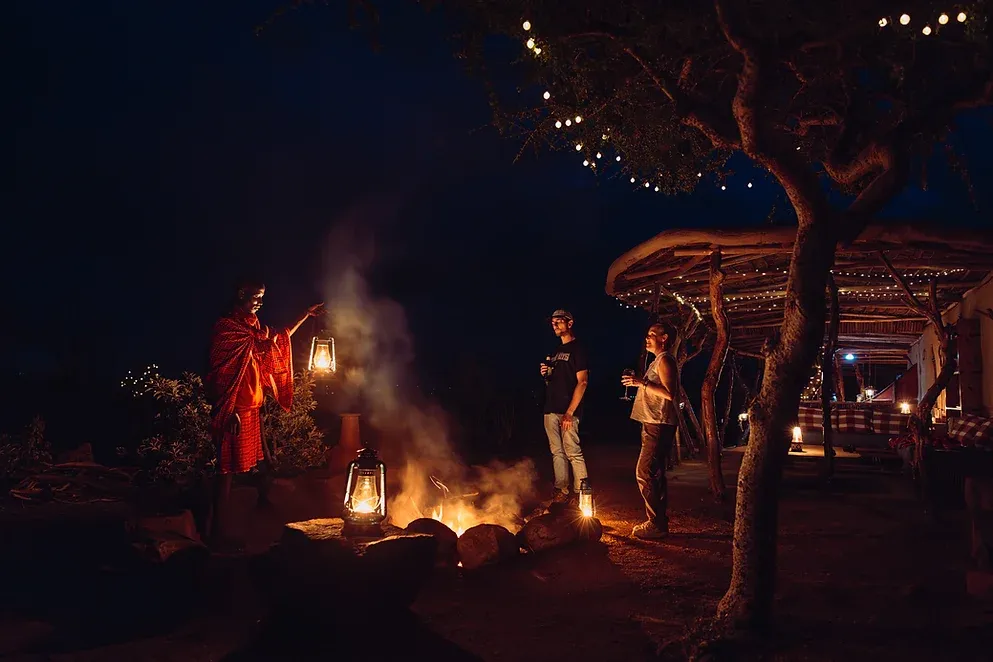
The Maasai Mara National Reserve teems with delightful experiences. You can enjoy an early morning game drive, a late afternoon game drive, or a full day traversing the park, complete with a packed lunch.
You can spot a lion pride lazing under a tree, grace giraffes sauntering by, an elephant family at a waterhole, and hippos dunking in water.
If you travel to the Maasai Mara National Reserve from July to October, you may witness the dramatic Mara River crossing.
At an extra cost, your tour operator can organise guided walking safaris, hot air balloon safaris and other payable services like massage services.
What about an evening game drive?
Evening game drives are only permitted in select private conservancies and not in the main reserve. These private conservancies include the Mara North, Olare Motorogi, Naibosho, and Siana conservancies.
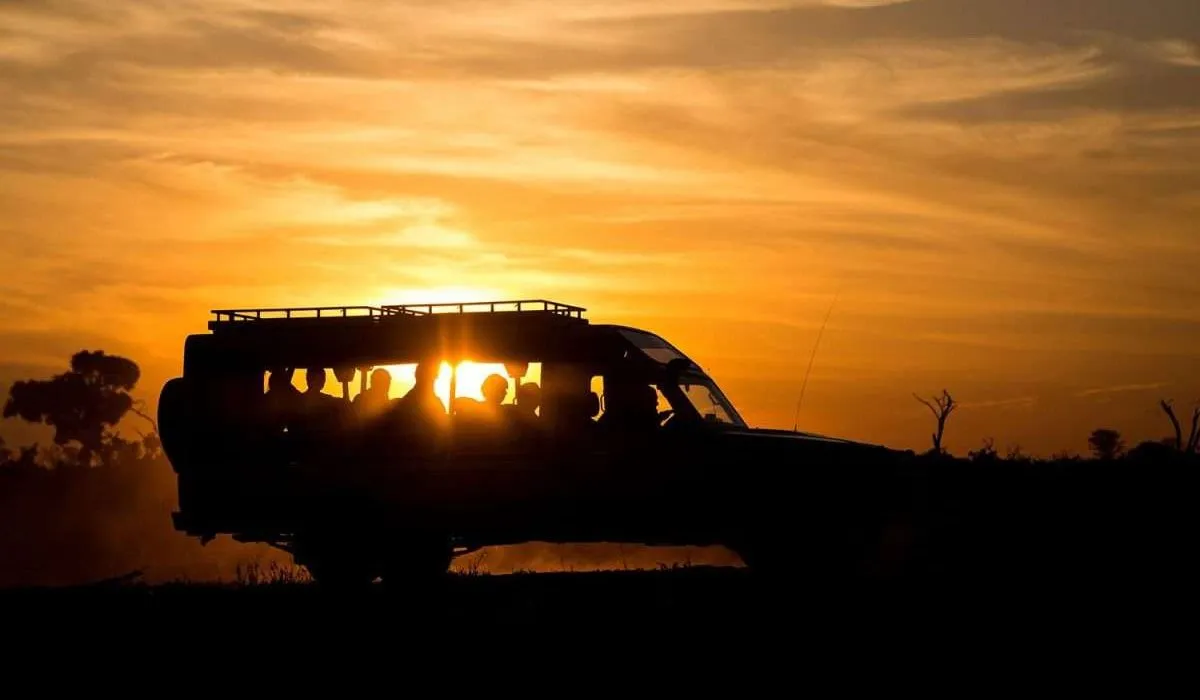
Is an evening game drive worth it?
Absolutely.
Nightlife in the wild differs greatly from what you see on a daytime game drive. You’ll see a set of wild animals that remain hidden during the day.
They may include bat-eared foxes, bush pigs, banded mongoose, bush babies, cape hares, caracals, civet cats, porcupines, genet cats, aardwolf and owls. Bird lovers may even spot the rare Pel’s Fishing Owl hunting in the Mara River.
Besides nocturnal wild animals, you’ll also observe big cats such as the lion and leopard showcase markedly different behaviour. These cats spend their days napping and come alive in the cool of the night. Their personal nature can be seen as they use the cover of darkness to stalk and hunt unsuspecting prey.
But the safari isn’t just about wildlife. You will also encounter the Maasai people who’ve dwelt among wild animals for centuries. They have called this region home long before it was named the Maasai Mara National Reserve.
On a cultural tour of their village, you can observe their nomadic pastoralist lifestyle and how perfectly it complements the natural wonders of the Masai Mara.
Choosing the Right Tour Package
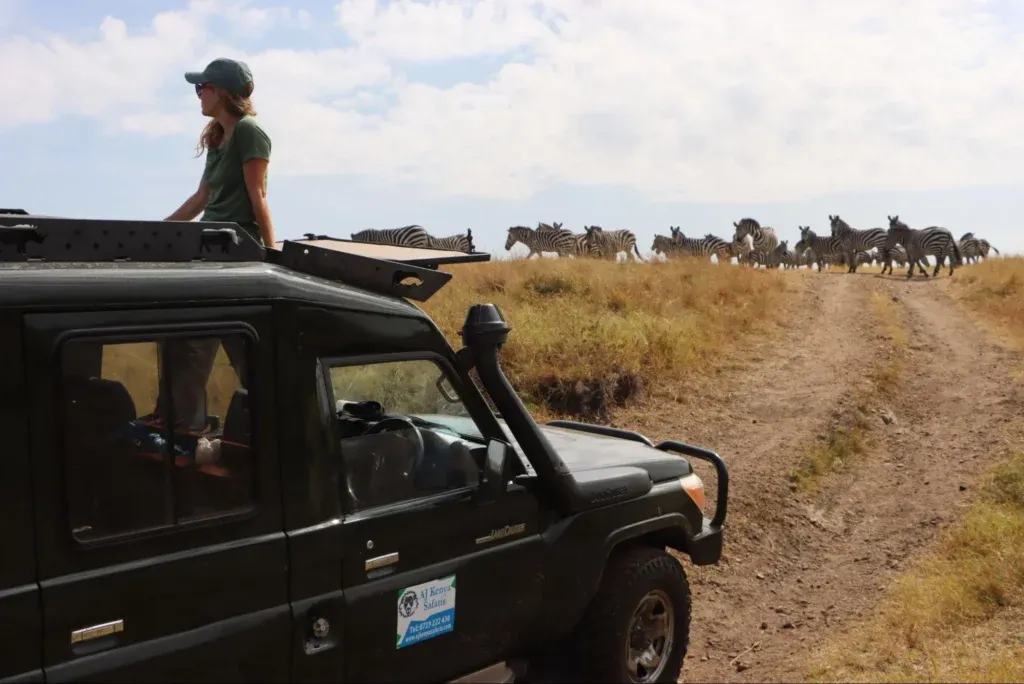
Choosing the right tour package is fundamental for a memorable Masai Mara experience. Tour price is dictated by the season and accommodation type.
Our safari prices cater to different budgets, from budget-friendly options to luxury retreats.
Here are price indications for a 3-day Masai Mara safari
- Low-season tour price starts from $865 per person
- Shoulder season (Jan, Feb, March, June, Nov, & Up to 15th Dec) start from $945 per person
- Peak season (annual migration season ) prices start from $1740 per person
- Festive season tour price starts from $1250 per person
These prices typically include accommodation, park entrance fees, taxes, meals (including packed lunch), game drives, and a daily supply of mineral water.
Our safari vehicle serves additional safari bottled drinking water to keep you hydrated as you traverse the game reserve. Soft drinks and non-alcoholic drives are served at the camps but these come at an extra cost.
Uncovering the Beauty of Masai Mara National Reserve
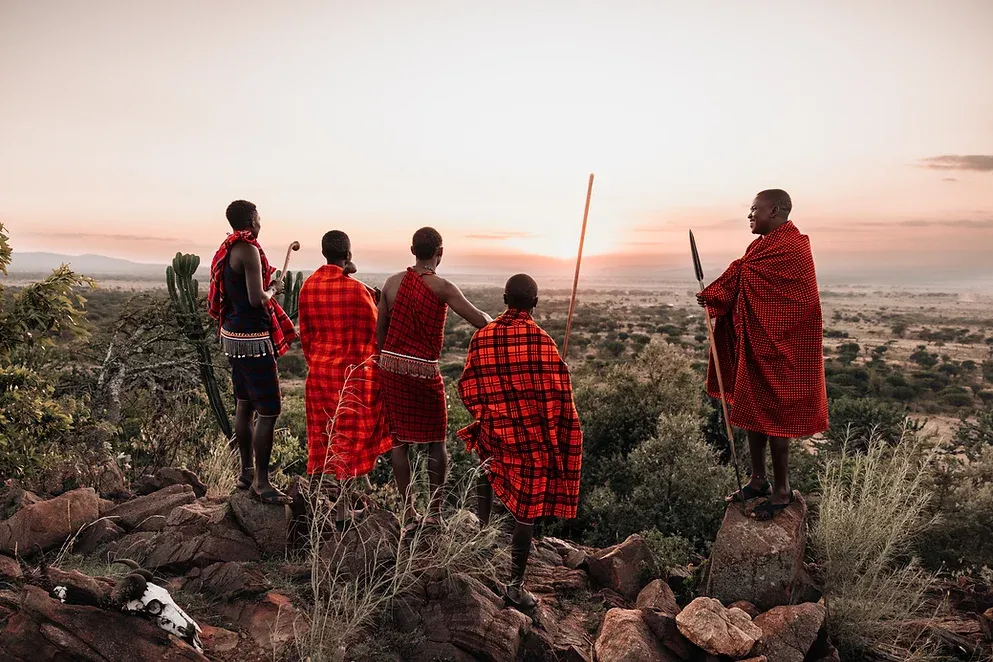
The Masai Mara is a significant part of the broader Mara-Serengeti ecosystem which covers a total area of 25,000 km2 across Tanzania and Kenya.
The Masai Mara National Reserve alone encompasses an area of 1,510 square kilometres. It teems with all kinds of wild animals including more than 400 bird species.
The reserve’s landscape, dotted with trees and hilly outcrops, is the epitome of African beauty. Its name ‘Mara’, meaning ‘spotted’ in the Maasai language, is a testament to this unique landscape.
As a top-rated safari destination, the Masai Mara National Reserve offers:
- Distinctive wildlife experiences like the wildebeest annual migration and visiting rhino sanctuaries. You’ll also observe other wild animals in the park including huge elephant herds, hippos, and crocs in the Mara River
- Lion sightings in the savannah or as they lounge under bushes near the Tanzanian border, which marks the extension of the Serengeti ecosystem
- Breathtaking scenery and landscapes
The Great Wildebeest Migration
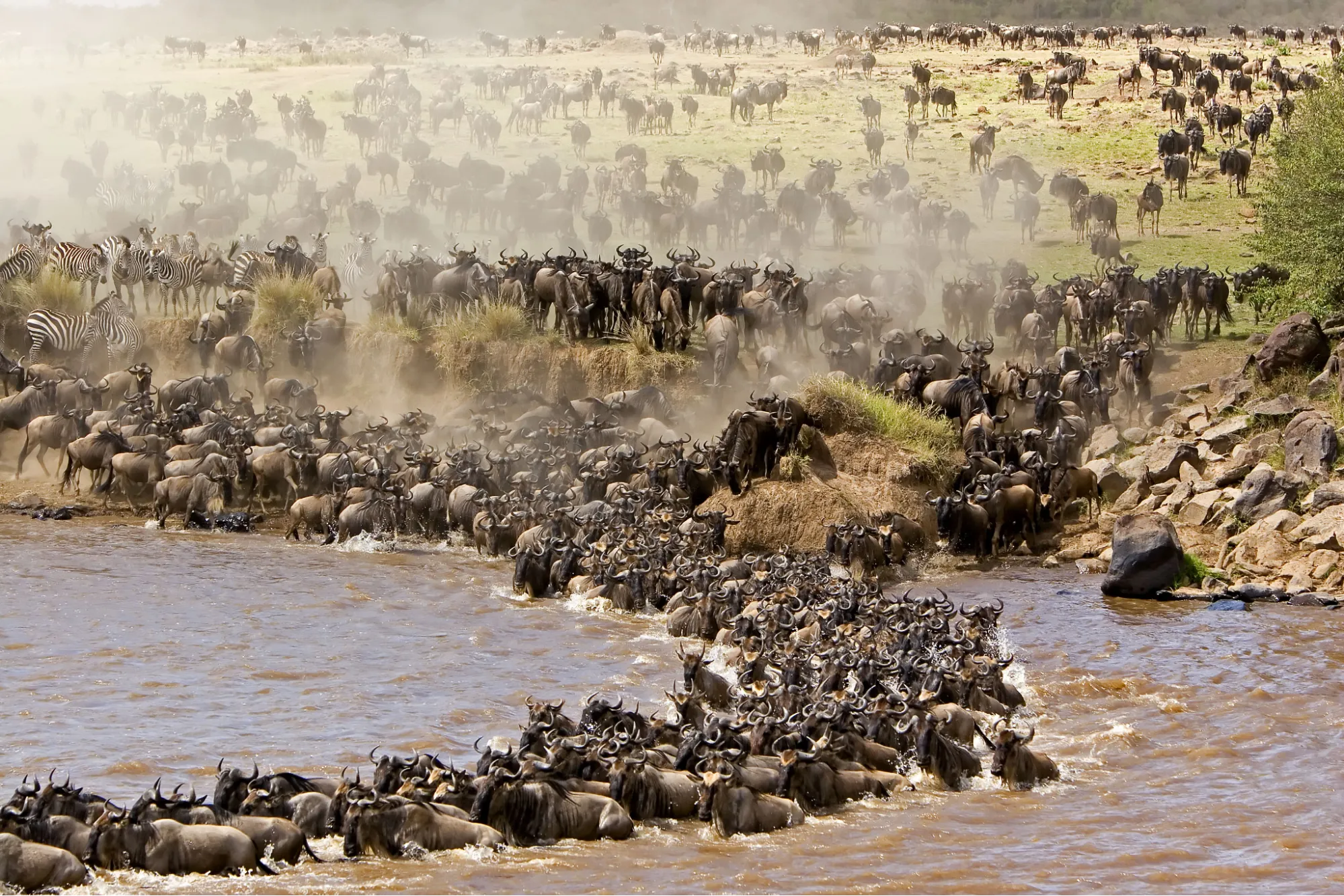
There’s only one word that best describes the great wildebeest migration—awe-inspiring.
In this grand movement, over 1.5 million wildebeest, 400,000 zebra, 12,000 eland, and 300,000 gazelles travel from the Serengeti National Park into the Maasai Mara.
Why do these animals cover thousands of miles across countries each year? To find rain-ripened grass and water that ensures their survival.
Their journey isn’t just about covering long distances every year. They battle hungry predators, fatigue and diseases along the way. Further, they must cross the Mara River, notorious for its treacherous waters and waiting crocodiles.
This annual phenomenon occurs every year from late July to the end of September, marking the high season in the Maasai Mara. It attracts visitors globally meaning you’re likely to see many rugged all-wheel drive vehicles parked by the river bank anticipating a crossing.
Wildlife Encounters
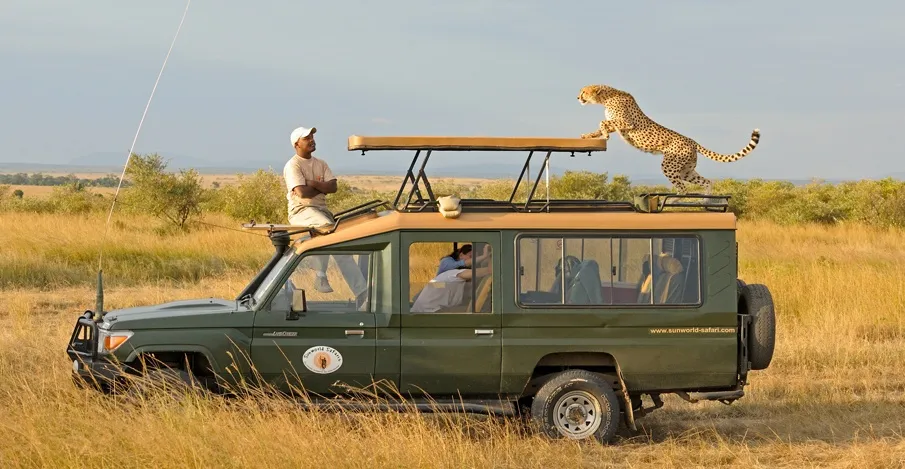
The Maasai Mara promises a wealth of memorable wildlife encounters. While every sighting is delightful, the real thrill lies in encountering the Big 5—buffaloes, lions, leopards, elephants, and the rhino.
With an estimated 800 to 900 lions in the entire Masai Mara area, chances of lion sightings are particularly high, making it a highlight for many safari-goers.
Other wild animals include wildebeests, gazelles, zebras, giraffes, hyenas, cheetahs, hippos and over 500 bird species. It’s a fantastic place to view raptors such as the Martial, Hawk eagles, Harrier-hawks, snake eagles, Goshawks, and Kites.
Camping Accommodations: Tented Camps and Safari Lodges
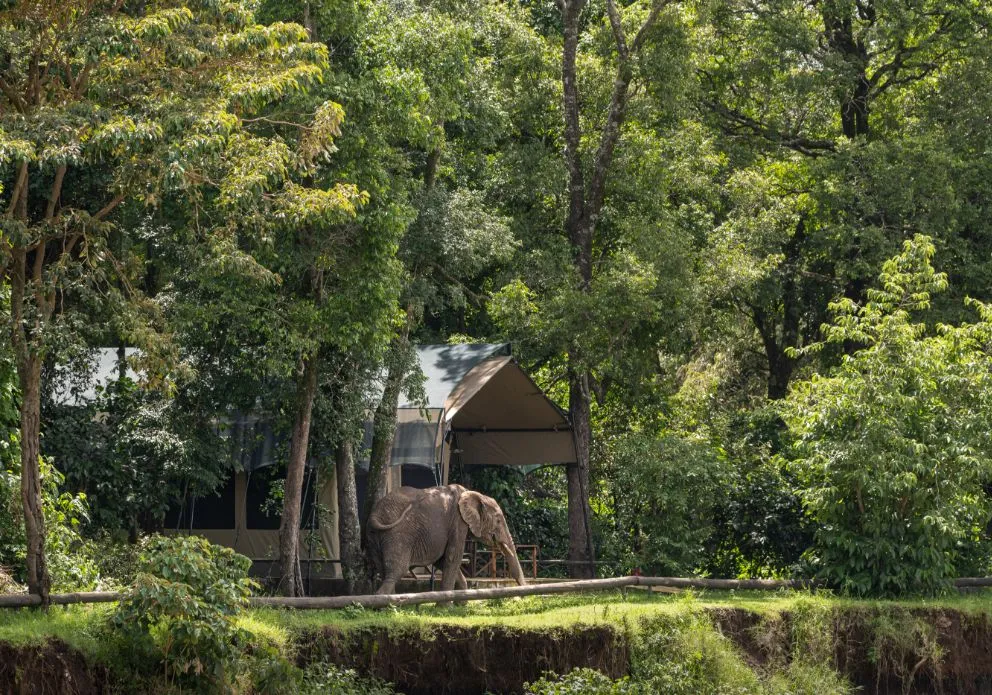
The 3-day Masai Mara camping safari provides a variety of accommodations to suit different budgets and tastes. You can enjoy the rugged charm of a tented camp or indulge in the comfort and luxury of a safari lodge.
Accommodations in the Masai Mara National Reserve offer different experiences including:
- Economy: basic amenities and shared facilities
- Comfort: private tents with en-suite bathrooms
- Superior comfort: larger tents with more amenities
- Luxury: spacious tents with luxurious furnishings and private verandas
Tented Camps
Tented camps in the Masai Mara are designed to offer an authentic safari experience. Integrated into the environment, these camps establish an authentic safari atmosphere with the surrounding wilderness. These camps fall into two categories—budget camps and campsites and luxury camps
Budget Camps
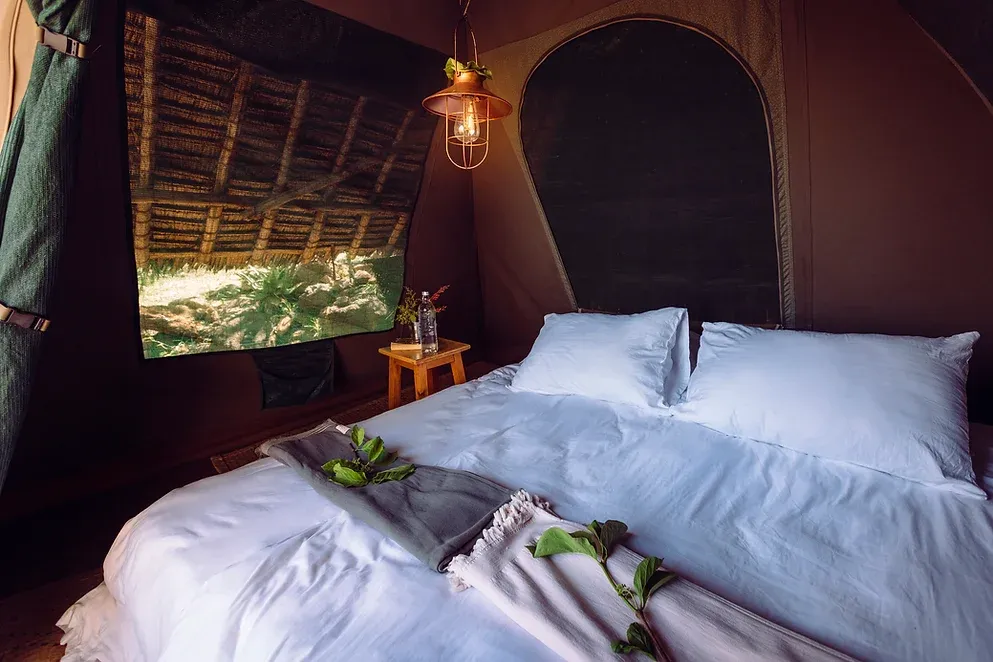
Basic camps in the Masai Mara offer a more rustic safari experience where guests embrace the simplicity of camp life. They feature simple but functional accommodations designed to provide a comfortable place to rest after a day of safari adventures.
Basic camps often have shared bathrooms and toilet facilities. These facilities may include communal showers with hot water, flush toilets, and basic amenities.
While they may not offer the same level of privacy as en-suite facilities, they are clean and well-maintained.
Examples of budget accommodation include Enkorok Mara Camp, Fisi Camp, Enchoro Wildlife Camp, and Maji Moto Eco Camp.
Luxury Tented camps
A luxury tented camp features spacious canvas tents that are tastefully furnished with comfortable beds, cosy linens, and rustic-chic decor.
These camps offer a true wilderness experience, with wildlife often passing through the campgrounds and the sights and sounds of the bush just beyond your doorstep.
Waking up to the calls of birds, the roar of lions, or the rustle of leaves in the wind is all part of the magic of staying in a tented camp in the Mara.
Examples of these accommodations include Ashnil Mara Camp, Entim Mara, Tipilikwani Mara Camp, Mara Intrepids, Little Governors Camp, Mara Plains Camp, Salas Camp, and Sand River
Safari Lodges
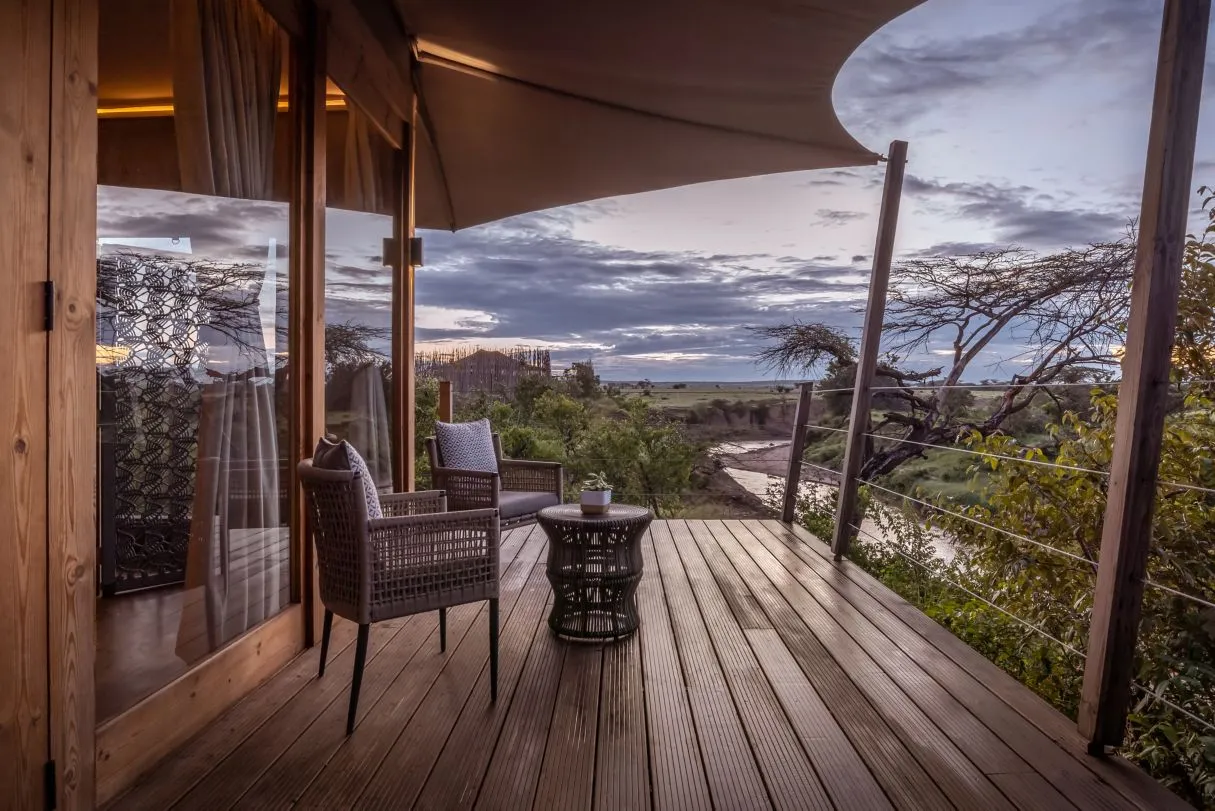
Safari lodges in Masai Mara offer a unique blend of hotel-like accommodations with local materials and designs that reflect the wilderness.
Luxury lodges typically feature expansive common areas including swimming pools, bars, and lounges, all designed to offer both luxury and a safari ambience. The Mara Serena Safari Lodge (in the Mara Triangle) boasts large glass windows for uninterrupted game viewing directly from the comfort of the living space.
Many safari lodges offer a range of facilities and services designed to enhance the guest experience. These may include swimming pools, spa and wellness centres, fitness facilities, gift shops, and business centres. Visitors staying at luxury camps and lodges in the low season may enjoy significantly cheaper safari prices compared to those visiting in the shoulder or high season.
Fine examples of luxury accommodation include Keekorok Lodge, Fairmont Mara Safari Club, JW Marriott Masai Mara Lodge, and Royal Mara Safari Lodge
3 Days Masai Mara Safari Itineraries
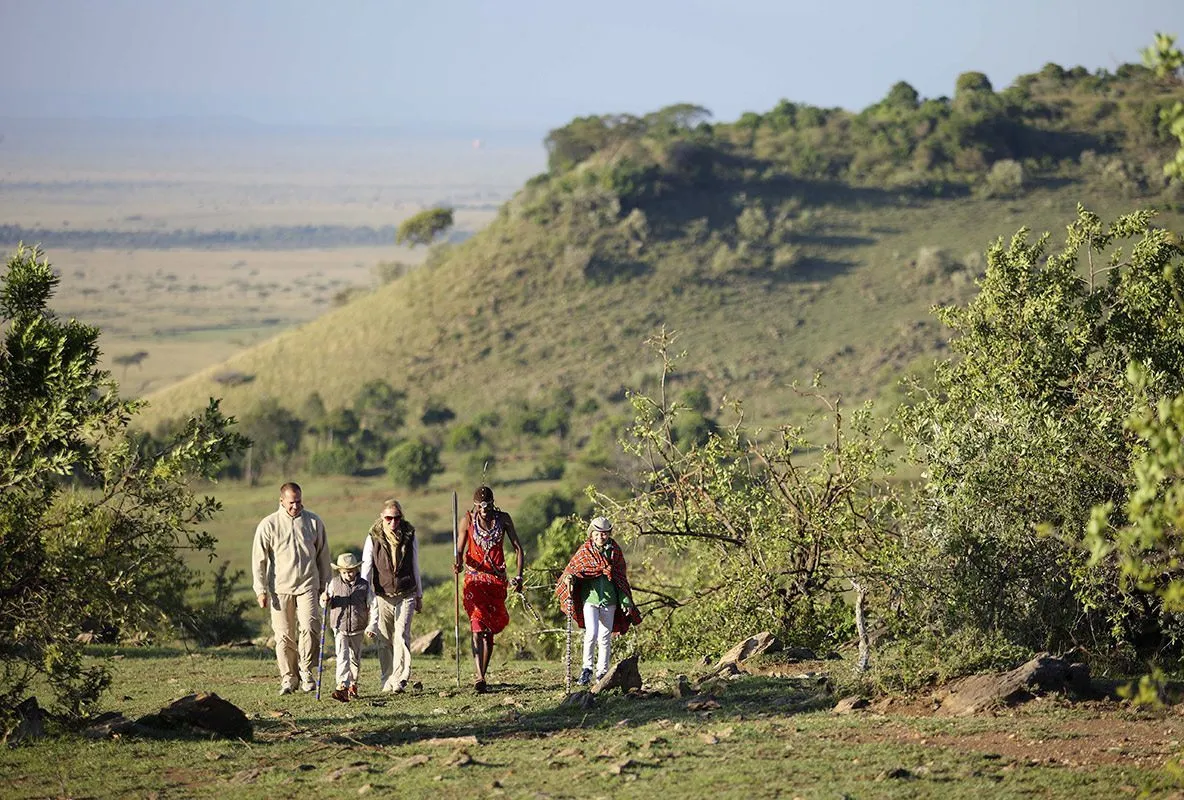
A typical day on safari in the Masai Mara includes:
- An early start to witness wildlife at its most active period
- Enjoying breakfast with potential sightings
- Going on game drives and enjoying wildlife viewing throughout the day and a packed lunch
- Ending the day with a scenic sunset
- Having a buffet-style dinner featuring a variety of dishes
Our 3-days masai mara package may look n like this:
Day 1 Safari from Nairobi to Masai Mara, lunch, entering the Mara & Afternoon Game Drive
Day 2 Masai Mara Full-Day with a Picnic Lunch
Day 3 Maasai Village & Transfer to Nairobi
The package also includes
- Pick-ups and drop-offs at JKIA or Nairobi hotel
- Transportation in a luxury land cruiser with a pop-up roof
- All meals (breakfast, lunch, and dinner)
- Park entrance fees
- Services of a professional driver guide
- Bottled water during the safari
Optional Activities
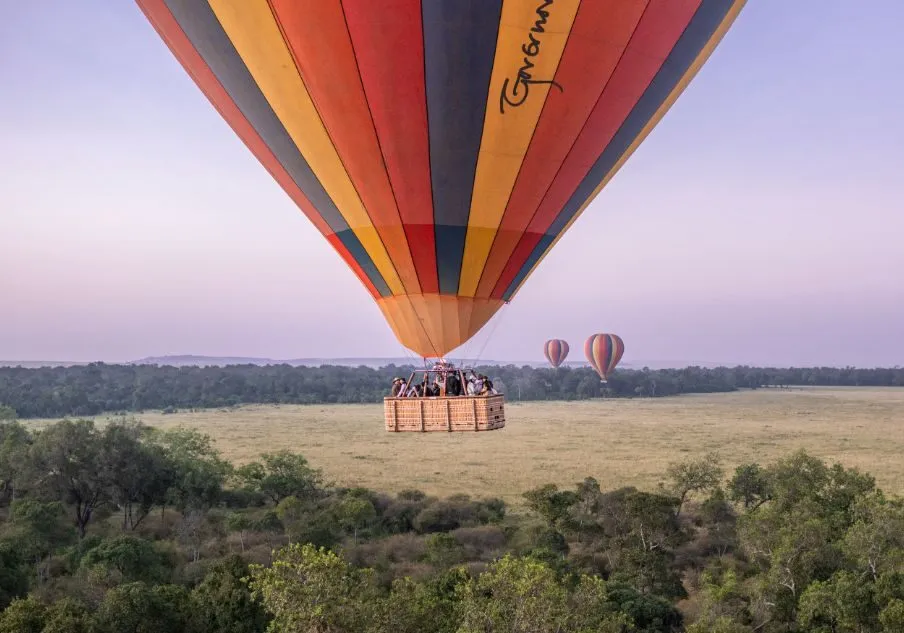
Beyond game drives, there are a host of optional activities that can enhance your safari experience. You can indulge in hot air balloon safaris, guided nature walks in the park and visits to Masai villages for cultural interactions.
A hot air balloon safari is a truly magical experience, offering a unique perspective of the Masai Mara National Reserve from above followed by a champagne breakfast.
Guided nature walks take participants through various habitats, including open grasslands and acacia woodlands. They are led by experienced and knowledgeable guides, intimately familiar with the local wildlife, flora, and fauna.
Walking in the bush engages all the senses, allowing you to experience the sights, sounds, smells, and textures around you. You may also encounter giraffes, zebras, antelopes, birds, insects, and reptiles.
Visiting a Maasai village allows for cultural interactions, such as observing traditional Maasai dances and experiencing their ancient culture first-hand. They can teach you some of their practices like lighting fires or beadwork.
Practical Information: Packing Tips and Safari Etiquette

As you prepare for your trip to the park, here are some essentials to pack:
- Light breathable clothing for the day; preferably in neutral colours so you can blend with the environment
- Long-sleeved shirts to protect against the sun’s rays and insect bites.
- Warmer attire for the cooler mornings and evenings
- Sunscreen, a wide-brimmed hat and sunglasses for sun protection as well as insect repellent
- A travel adapter for charging devices
- A reusable water bottle to stay hydrated and minimize plastic waste in the environment, or opt for safari bottled drinking water if necessary
Also, remember to include personal medications and a basic first-aid kit in your packing list.
Health and safety can be managed by consulting your physician for the necessary vaccinations, staying hydrated, and adhering to your guide’s instructions.
Safari Etiquette
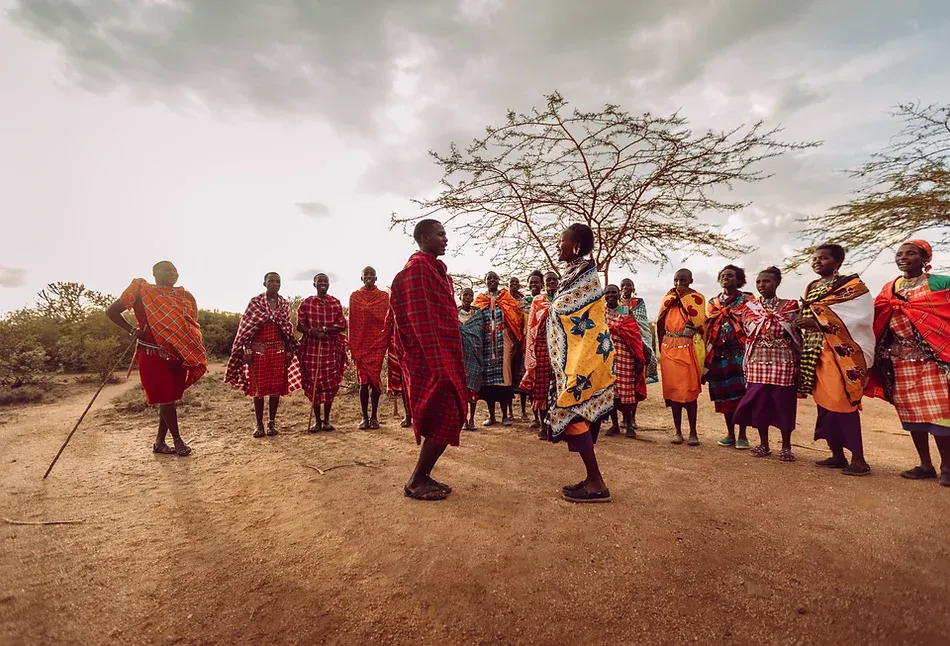
Embarking on a safari is a privilege accompanied by certain responsibilities. Observing the right etiquette ensures that we respect the environment and the wildlife that calls it home.
Speaking in low tones and avoiding loud noises like honking or playing music is crucial for not disturbing wildlife and observing their natural behaviours.
Equally, provoking or disturbing animals in their natural activities such as hunting, feeding, or nursing is disrespectful and against safari rules.
When visiting the Masai Mara Reserve, please take note of the following guidelines:
- Littering is strictly forbidden, and visitors must take all their trash with them to protect the environment.
- Collecting natural specimens, ranging from bones to feathers and plants, from the reserve is not allowed. It goes against preserving the natural integrity of the ecosystem.
- Engaging with the Maasai people should be done respectfully and in a way that benefits their community.
Masai Mara Conservation Efforts
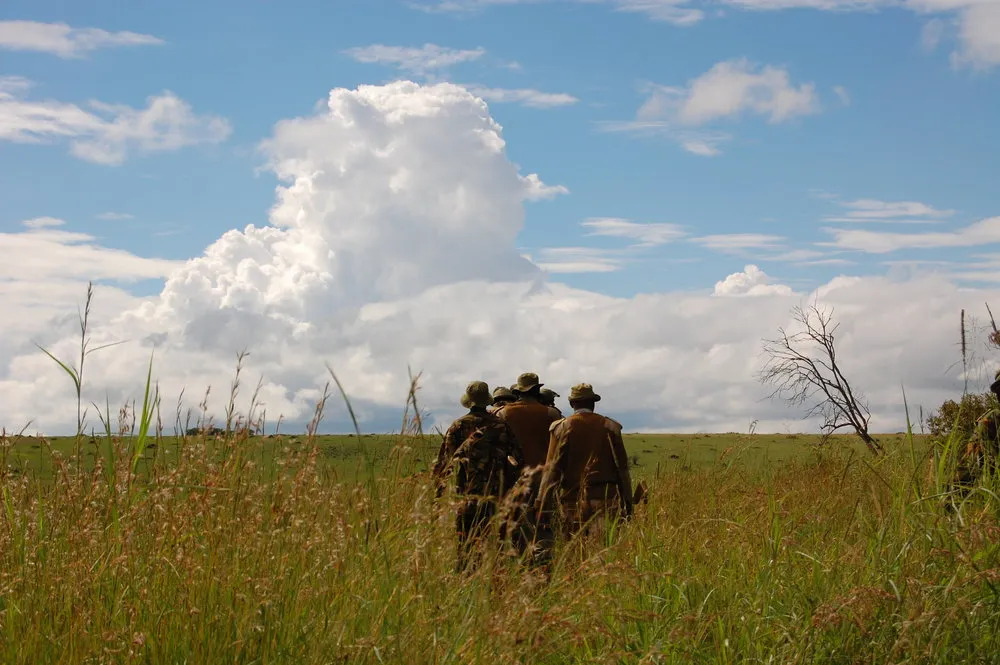
Conservation efforts in the Masai Mara are crucial for protecting the region’s rich biodiversity, supporting local communities, and ensuring the long-term sustainability of this iconic ecosystem. The Mara Conservancy plays a critical role in
- Reducing poaching activities in the Mara Triangle and its surroundings
- Improving and maintaining road infrastructure within the Mara Triangle and outside the Mara Triangle to facilitate access to camps and lodges and improve wildlife viewing
- Strengthening relationships between the National Reserve and surrounding areas
- Promoting eco-tourism principles among lodges and camps
Summary
A 3-day Masai Mara safari offers an unparalleled immersion into the untamed beauty of Africa. The thrill of big game viewing and witnessing the awe-inspiring Migration while staying at comfortable accommodations is unforgettable. Throw in hot air balloon rides and cultural visits to Maasai villages and your trip will be nothing short of ex
Frequently Asked Questions
Next, we answer the most common questions we get about the 3-day masai mara safari.
What Wildlife Can I Expect To See During the Safari?
During the safari in the Masai Mara, you can expect to see lions, elephants, gazelles, zebras, giraffes, and hyenas. There’s also the chance to spot cheetahs, leopards, and other members of the cat family.
What Is the Best Time to Experience the Great Migration?
The best time to experience the Great Migration is usually between July and October. This is when the spectacle of wildebeest and zebras crossing the Mara River is at its peak.
What Type of Accommodations Are Available During Safari?
Accommodation types available during the safari including tented camps and safari lodges. These accommodations cater to different preferences and budgets.
What Are the Optional Activities During the Safari?
Optional activities during the safari include hot air balloon rides, visits to Maasai villages, and nature walks.
What Should I Pack for Safari?
Pack light, breathable clothes, sun protection, a first aid kit, and a reusable water bottle for your safari adventure. Enjoy your trip!
